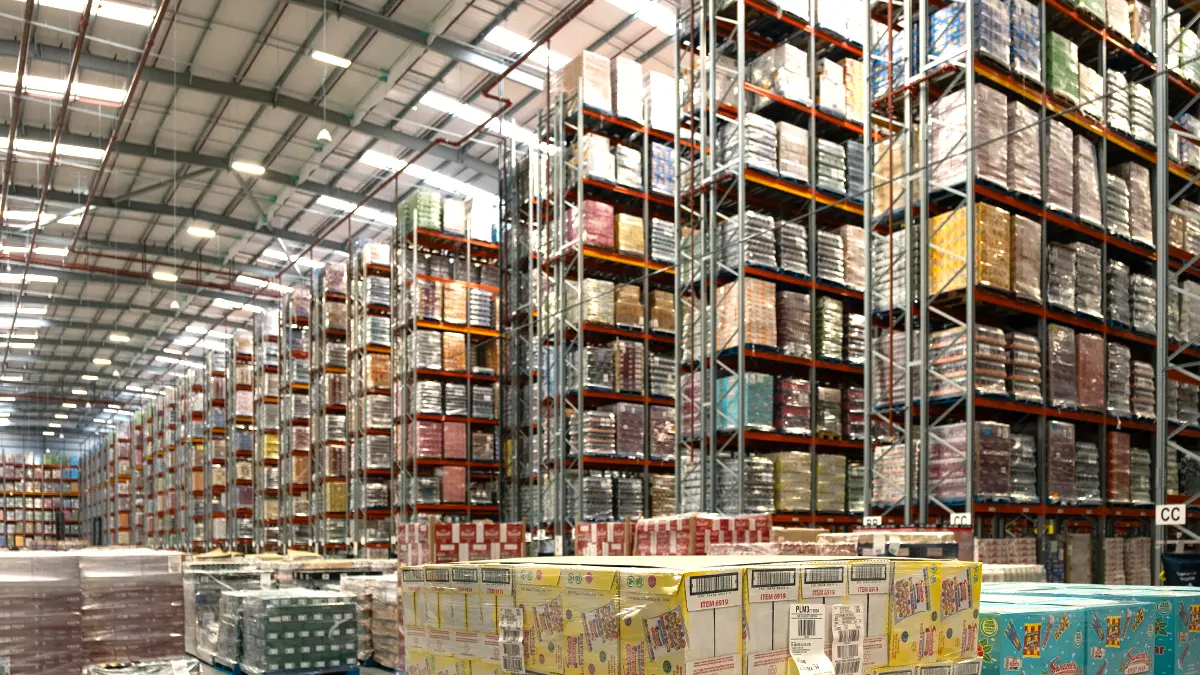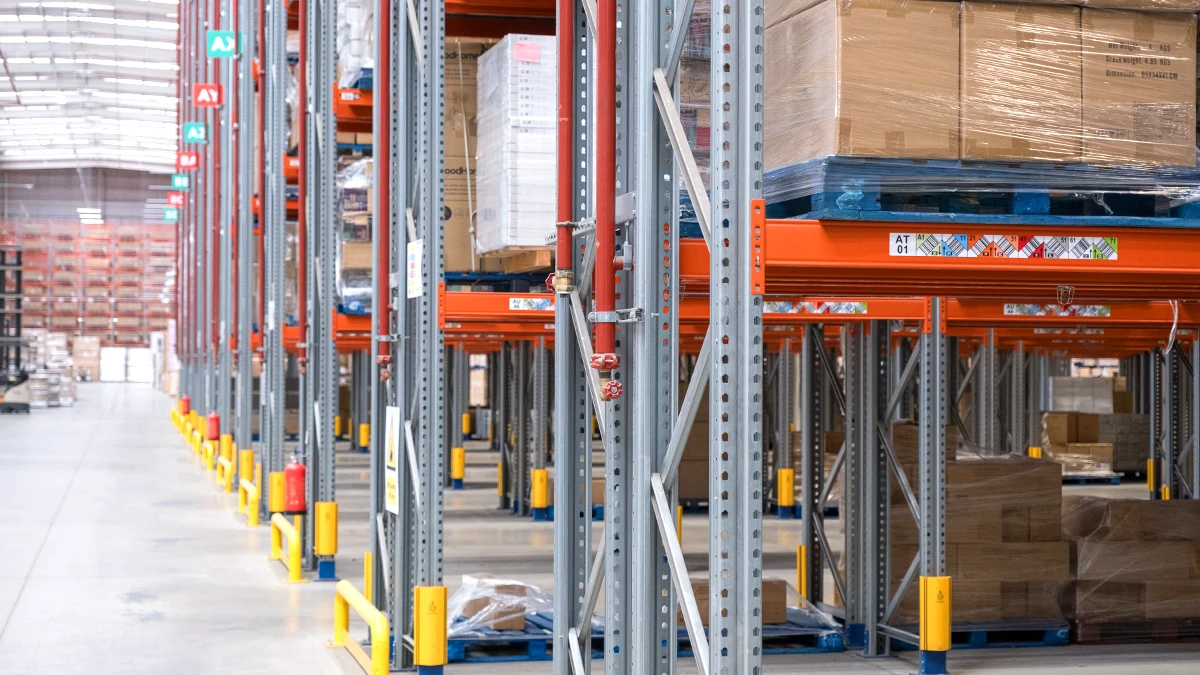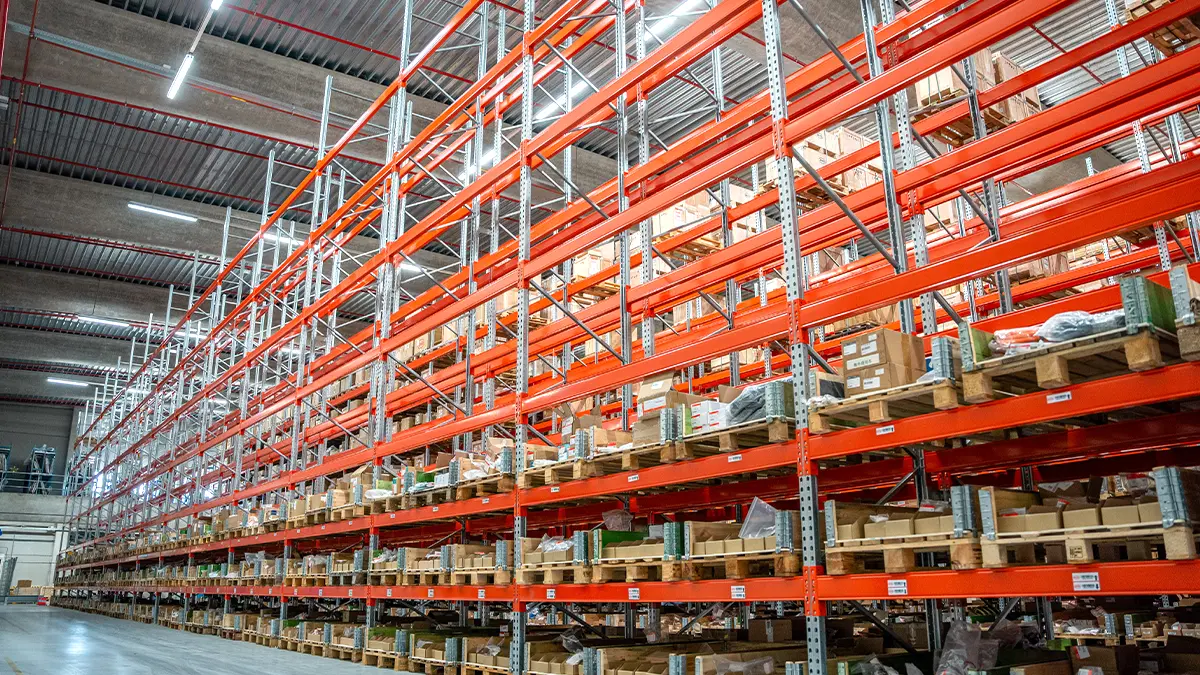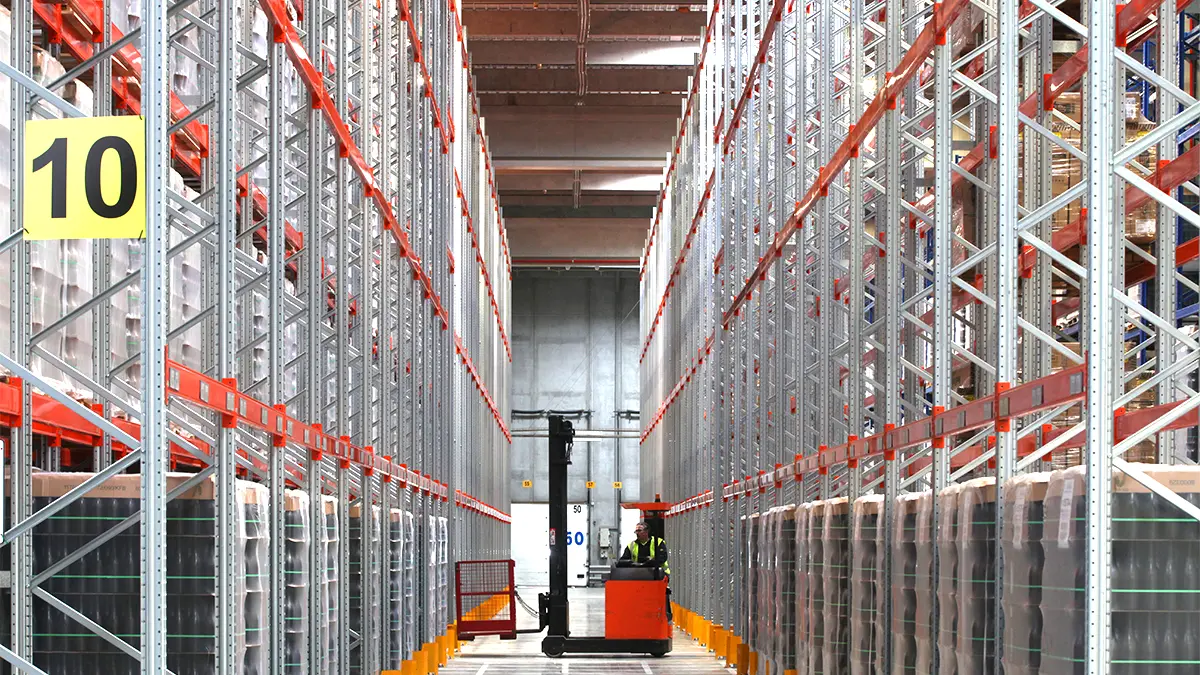The Pareto Principle, also known as the 80/20 rule, is a concept stating that approximately 80% of the effects stem from 20% of the causes. Originating with Italian economist Vilfredo Pareto, this principle finds applications across numerous fields, including logistics and warehousing. In this article, we explore how to apply the Pareto Principle to optimise logistics, enhance efficiency, and lower operating costs.
What is the Pareto Principle?
The Pareto Principle, formulated by Vilfredo Pareto in the late 19th century, observes that in many systems, a minority of causes generate the majority of effects. In logistics, this implies that a small proportion of products or customers can produce most of the value or revenue. This principle enables companies to focus their efforts where it matters most, maximising the return on resources.
The Pareto Principle in logistics
Applying the 80/20 rule in logistics involves identifying products or customers that represent the most value. For instance, in inventory management, it might be found that 20% of products account for 80% of sales. Focusing on these key products allows firms to optimise storage and distribution, ensuring more efficient use of resources.
Benefits of applying the Pareto Principle in logistics
Reduced operating costs:
By focusing on key products and customers, costs associated with storing and distributing less relevant items can be reduced. Fewer resources are devoted to low-turnover goods, improving space and workforce allocation.
Improved time and resource management:
Streamlined logistics processes allow better use of time and resources, raising operational efficiency. Identifying the most important products and clients helps prioritise efforts effectively.
Increased customer satisfaction:
Ensuring the most in-demand products are always available and delivered efficiently enhances the customer experience and satisfaction, vital for loyalty and long-term business success.
Better planning and decision-making:
The Pareto Principle forms a strong basis for strategic decisions. Knowing the key products and customers enables more effective inventory, production, and distribution planning.
Practical examples in a warehouse
Stock management:
Identify top-selling products and keep them readily available and accessible in the warehouse.
Distribution route optimisation:
Prioritise delivery routes to high-volume customers to cut costs and boost efficiency.
Customer analysis:
Identify high-value customers and design strategies to retain them and maximise their satisfaction.
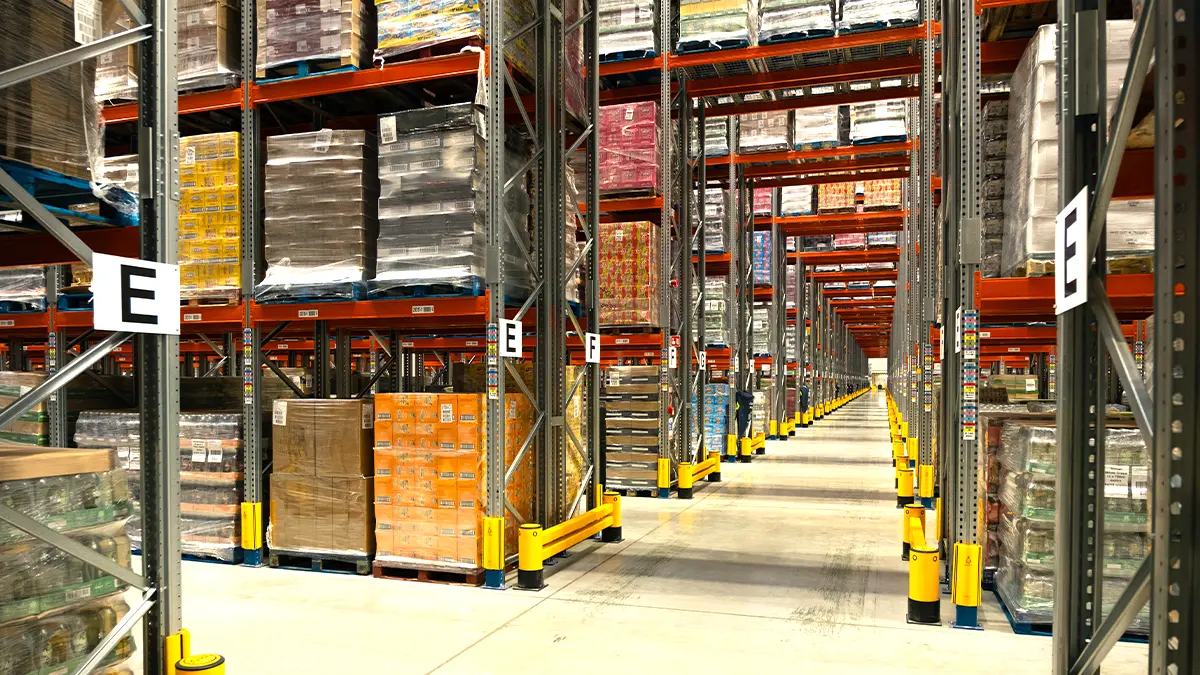
How to implement the Pareto Principle in logistics
Identifying key products:
Use data analytics tools to pinpoint the 20% of products generating 80% of sales. Inventory software and sales analytics can clarify product value.
Logistics data analysis:
Apply analytics to assess performance of products and customers, using tools like ABC analysis to classify items by importance.
Process optimisation:
Redesign logistics to centre around key products and customers. Reorganise storage layouts, optimise routes, and improve inventory management systems.
Staff training:
Ensure staff are trained in applying the Pareto Principle and using relevant tools and techniques, including software and logistics best practices.
Continuous monitoring and adjustment:
Establish systems to track performance and adjust as necessary. Review sales and stock data regularly to adapt to changes.
Types of racking systems that support the Pareto Principle
Adjustable Pallet Racking:
Selective racking systems provide direct and quick access to each pallet, making them ideal for high-turnover products that make up the key 20%.
They facilitate organization and quick access to the most important products, reducing search and handling time. This is crucial because, to maintain inventory management efficiency, the most in-demand products must always be readily available.
Drive-In Racking:
These systems maximise storage space by allowing pallets to be stored deeply, one behind the other.
They are suitable for products that move in large volumes and don’t require frequent access. This allows large quantities of key products to be stored in a compact space, optimising warehouse use.
Live Pallet Racking (FIFO):
These systems use the FIFO (First In, First Out) method, making them perfect for perishable or high-demand products.
They ensure that older stock is used first, reducing the risk of obsolescence and waste. This is especially useful for fast-moving products that require efficient inventory control.
Cantilever Racking:
Ideal for storing long and bulky items like pipes, beams, and panels.
They optimise space and make it easier to access items that can't be stored in conventional racking. This allows for better organization and handling of large key products.
Mobile Pallet Racking:
These offer high-density storage and efficient access to products, as the shelving units can be moved to create access aisles.
They maximise available space and provide quick access to key products, improving operational efficiency and reducing search and handling times.
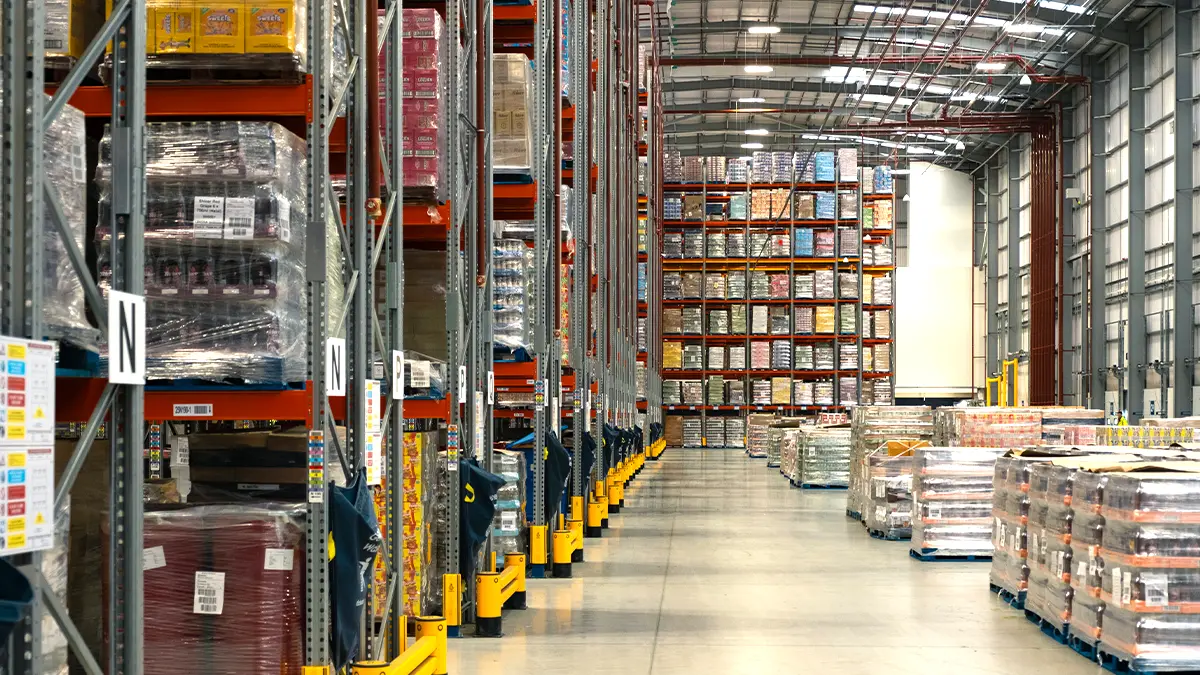
Challenges in implementing the Pareto Principle in Warehousing
Accurate identification of key products:
Determining which products generate 80% of the value can be complex and requires ongoing data analysis.
Resistance to change:
Implementing changes in logistics processes may face resistance from staff, especially if it involves significant operational restructuring.
Initial investment:
Optimising logistics and implementing new racking systems can require a significant upfront investment, which may be a barrier for some companies.
Maintenance and updates:
Once implemented, the Pareto-based strategy requires constant maintenance and updates to ensure that the key products remain the same and processes stay efficient. This includes regular review of sales and inventory data and adapting to market demand changes.
Conclusion
The Pareto Principle offers a strategic method to optimise logistics and warehousing by concentrating on key products and customers. This leads to improved efficiency, cost reduction, and higher customer satisfaction.
AR Racking’s solutions offer practical systems for better organisation and quicker access to essential products. Contact us for tailored advice on the best storage system for your warehouse.

